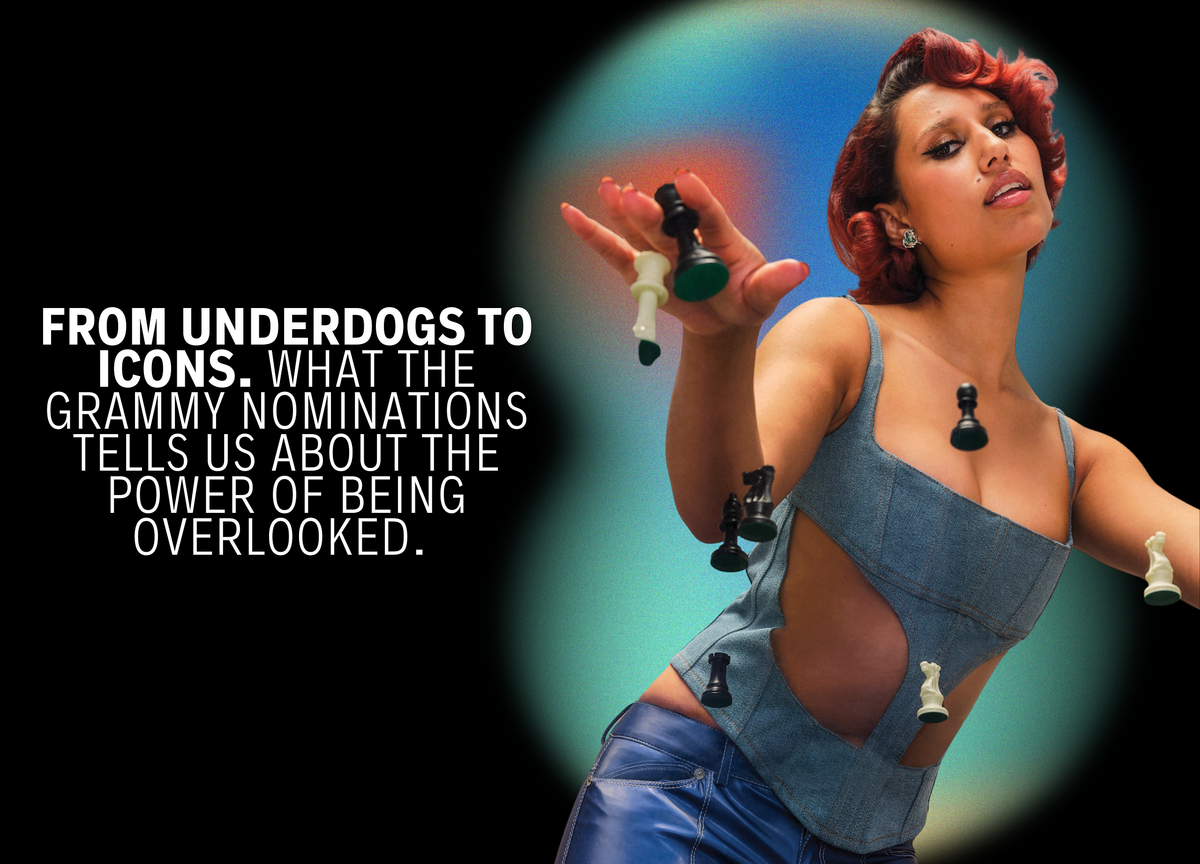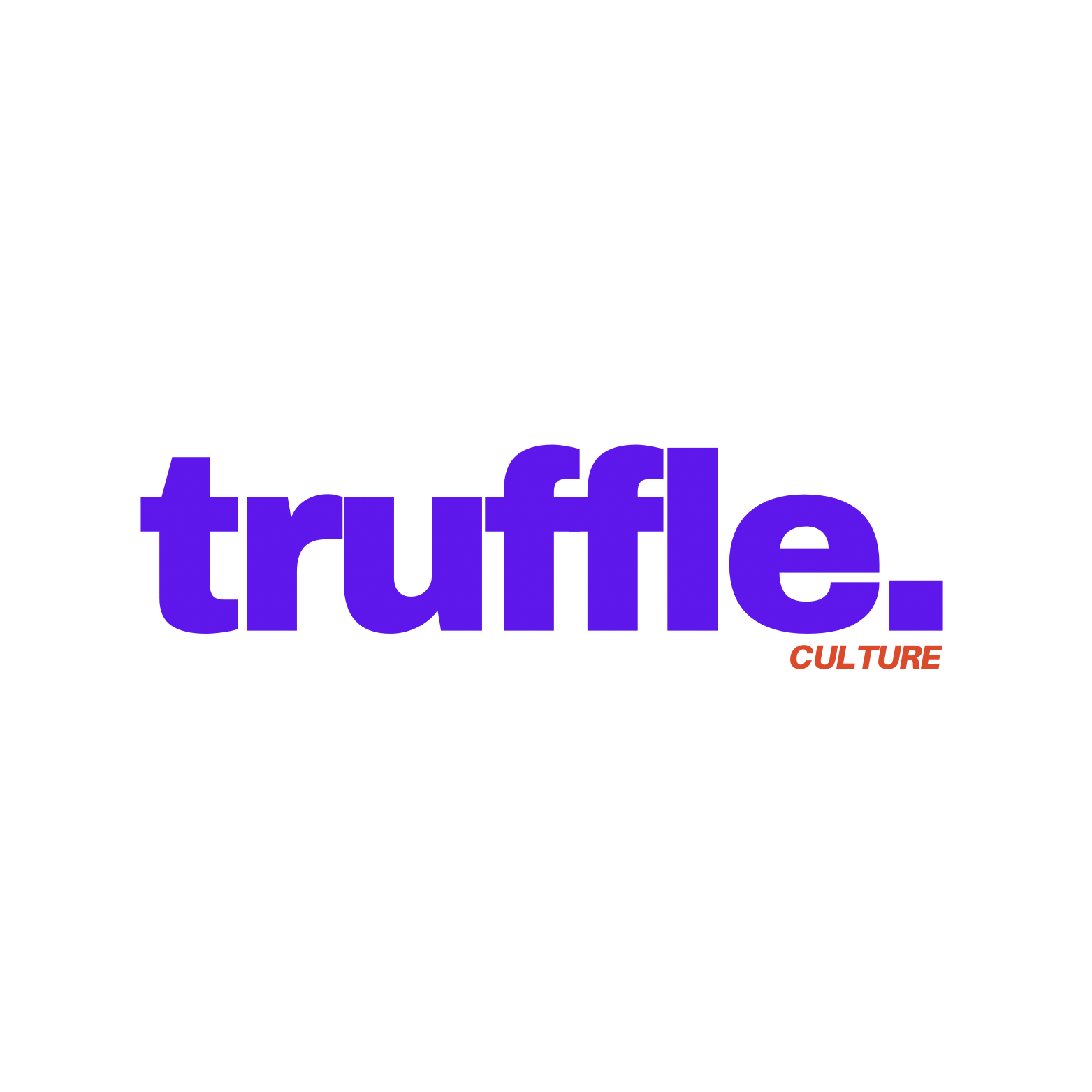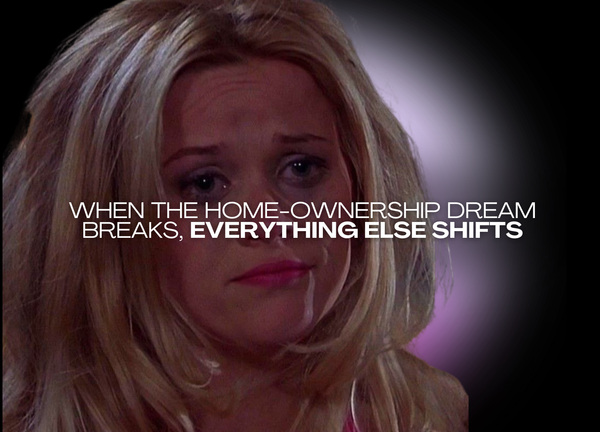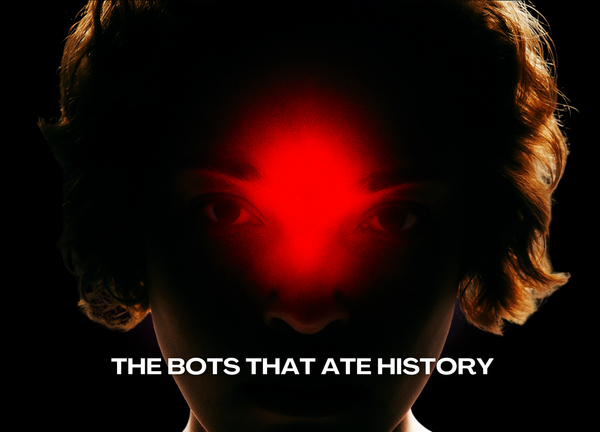From underdogs to icons. What the Grammy nominations tells us about the power of being overlooked.
Explore how 2024 Grammy and BRIT underdogs like Raye & Charli XCX show the power of resilience in music, film, and art, even post-fame.

👉 If you’re not a Medium member, read this story for free here 💗
If there’s one thing this year’s Grammy nominations have screamed, it’s that the underdog is having a serious moment. Yes, we’ve got heavyweights like Taylor Swift and Beyoncé snagging their rightful places, but something feels different. Raye, Charli XCX, and a slew of other artists who once battled their way through the periphery are now commanding the stage. These aren’t just scrappy musicians making noise from the sidelines; they’re now powerhouses who’ve shown us that fighting for the spotlight doesn’t always end with the spotlight.
In a world where stories of the underdog resonate deeply, the current cultural landscape is teaching us a powerful lesson: being the underdog is a double-edged sword. It’s exhilarating, raw, and magnetic. It’s also terrifying and, for some, fleeting. Because once you’ve won the underdog’s game and arrived in the front row of the Grammys, or the Oscars, or the Venice Biennale — what comes next? The secret sauce that made you special can start to slip away, slowly diluted by the very spotlight the artistry needed. The mainstream dilution paradox.
Raye, Charli XCX, and the Underdog Renaissance in Pop
Remember when Raye went viral in 2022? She was raw, vulnerable, and unapologetically calling out the music industry for its tendency to cast female pop artists aside when they refuse to fit the mold. Her story hit hard. After years of being underrated and mishandled by her previous label, Raye took things into her own hands, breaking away to release her debut album My 21st Century Blues. No longer under the thumb of label politics, she created something with depth, something that resonated with the overlooked and underrepresented voices of her generation. All while making history snagging 6 Brit awards in one evening.
Charli XCX’s journey is another powerhouse example of the modern pop underdog. She’s been making waves since the early 2010s, but despite consistent critical acclaim, Charli XCX wasn’t handed mainstream success on a silver platter. Instead, she built a cult following, fueled by a relentless pursuit of sonic experimentation. From glitchy hyperpop to heartbreak-infused anthems, she consistently refused to play it safe. Charli’s evolution has been radical, her music born from the trenches of trial and error, and that fight — that distinct outsider energy — is what defines her artistry.
Raye and Charli have harnessed the underdog mentality to create music that strikes with urgency. It’s the fuel that drives them, that rage against the machine, against labels, and against expectations. The Grammys are finally catching up, but it’s almost as if they’re throwing awards at them like peace offerings. The underdog’s greatest paradox is that critical success, the very thing they fought to achieve, can sometimes feel like a gilded trap.
Indie Film and Art: Why Hollywood and the Galleries Need the Underdog
Hollywood loves an underdog on-screen (hello, Rocky, The Pursuit of Happyness), but the system itself? Not so friendly to them. Yet, it’s indie films, with their unfiltered storytelling and unpolished edges, that keep the industry’s soul alive. Take Moonlight, a film that captured the quiet struggle of a young Black man navigating identity, masculinity, and love. It won Best Picture at the Oscars, but it didn’t do so with a blockbuster budget or an A-list cast. It found success through its story, its unfiltered humanity — a rare gem that the industry doesn’t often uplift.
Another example is Parasite, the South Korean masterpiece that broke down cultural and linguistic barriers to become a worldwide sensation. Bong Joon-ho’s narrative wasn’t just subversive; it was a direct critique of class divides, a theme that resonated globally despite Hollywood’s traditional preference for commercial, feel-good stories. It’s no coincidence that these movies came from directors willing to swim against the current. Their success, like Raye and Charli XCX’s, was born from an underdog mentality that dared to ask: What if we broke all the rules?
Even in the art world, voices on the fringes are the ones shaking things up. Artist Kehinde Wiley took centuries of Eurocentric portraiture and flipped it on its head, placing Black subjects in poses historically reserved for royalty and mythological figures. And the world took notice. Wiley’s work screams at tradition, challenging the system that once ignored him. But the gallery circuit now courts him, and even as Wiley’s star rises, the challenge remains: how do you keep the subversive energy alive when you’ve become an institution?
When the Underdog Succeeds: The Inevitable Paradox
So what happens when the underdog gets their flowers? It’s a question not enough people ask. When you’re in the trenches, clawing for a scrap of recognition, you’re driven by fire, by hunger. But when success finally arrives, when you’re invited to the table — how do you stay hungry?
Raye’s battle for agency has changed her music, but as the industry opens its doors wider for her, the challenge will be to keep her art as raw and confrontational as ever. Will she keep the same edge in a system that now wants her to play nice? The moment you’re no longer an outsider, the stakes change. There’s a tension between staying true to the original spark and evolving into a space where everyone suddenly expects more from you — because now you’re not just making noise in the background; you’re on center stage.
And Charli XCX? Her challenge now is to remain the queen of experimental pop while balancing mainstream demands. She’s come a long way since Vroom Vroom, but now that the world is watching, does she risk watering down her style to keep the applause going? The world loves an outsider, but the moment they succeed, that adoration morphs into pressure to keep reinventing.
The Enduring Power of the Underdog
So why does the underdog narrative hit us so hard? It’s not just about rooting for someone who’s underestimated; it’s about connecting with that fierce desire to defy odds, to prove something. It’s about finding strength in struggle and finding a way to make the struggle itself into art.
We see it in hip-hop’s roots, born from marginalized voices demanding to be heard. We see it in stand-up comedians like Ali Wong and Bo Burnham, who use humor to challenge social norms from their unique outsider perspectives. And we see it in fashion, where up-and-coming designers like Telfar Clemens create pieces that challenge the status quo by blending luxury and accessibility. The underdog is everywhere, pushing us to rethink the systems that made them outsiders in the first place.
The Pressure to Evolve Without Losing the Edge
At its heart, the underdog narrative isn’t just about success. It’s about creating in opposition, tapping into something raw and true that refuses to conform. But as soon as the underdog arrives, they face a new challenge: how to evolve without losing the very edge that made them powerful. Success can dull the knife, can make the fight feel a little less urgent. Raye, Charli XCX, and others like them remind us that success doesn’t have to mean complacency, but it does demand resilience — a new kind of fight.
Perhaps the real takeaway from this year’s Grammy nominations and the indie film scene isn’t just that the underdog is finally being recognized. It’s that the system can’t deny that these voices are the very thing making culture compelling. As long as there are systems that marginalize, overlook, and undervalue, there will be artists who find their voice in opposition.
And when these artists finally get their moment, they’ll have to decide: Is the goal to win the game, or to keep flipping the table?





